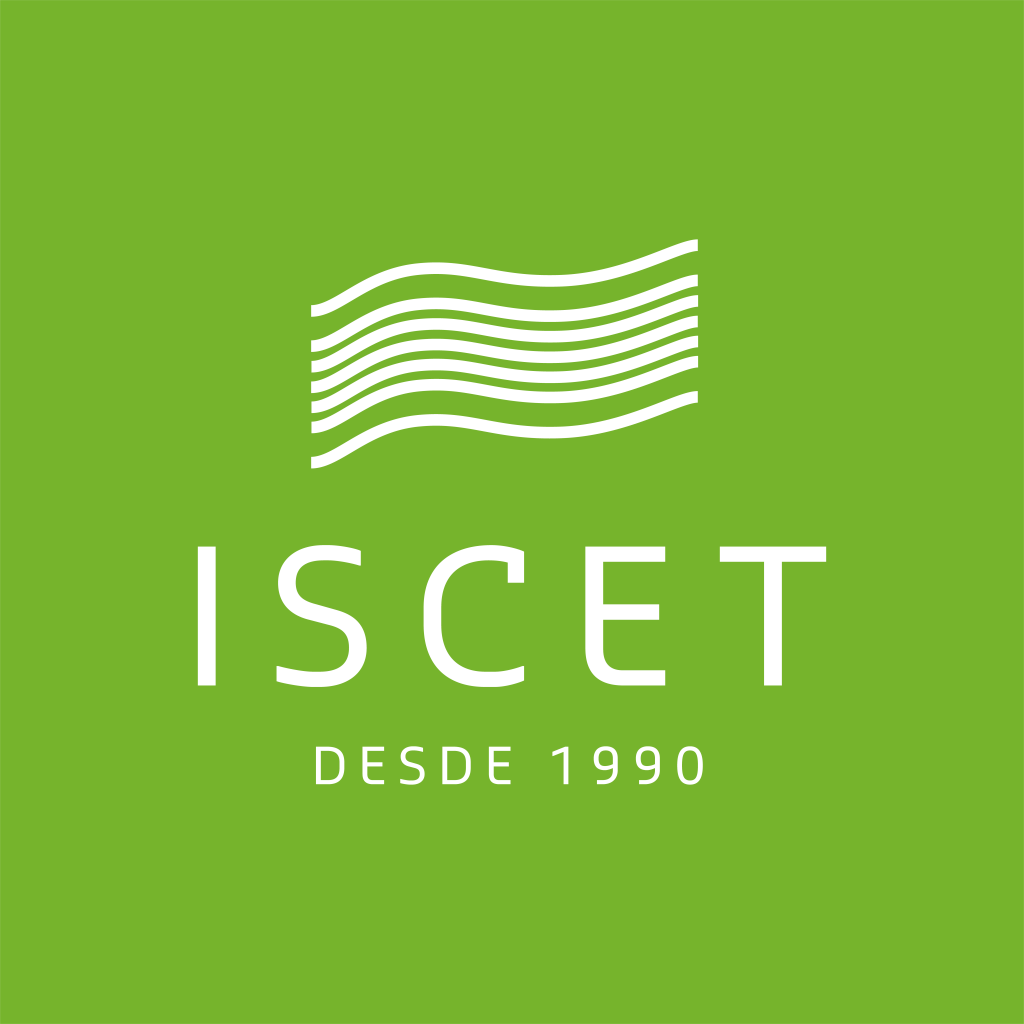Young adults and the consumption of soft drinks. Aspects of consumer behaviour regarding soft drinks consumption and consumer loyalty
Ana Catarina Martins Correia Soares  1
1
1 ISCET – High Institute of Business and Tourism Sciences, Porto, Portugal
To cite this text:
Soares, A. C. M. C. (2018), Young adults and the consumption of soft drinks. Aspects of consumer behaviour regarding soft drinks consumption and consumer loyalty, Percursos & Ideias, Vol. 8, pp. 107-115.
Abstract
This article intends to systematize the findings of a research project on the consumption of soft drinks among young adults, using as study population, members of the Portuguese Scouts Association (Portuguese Scouts)/Associação dos Escoteiros de Portugal (Escoteiros de Portugal), thus trying to establish some conclusions about brand loyalty. There is a low perception about several aspects related to the consumption of soft drinks. If someone has a low or complete absence of concern/perception on a strongly influencing factor of the purchase decision, which depends (be a strongly influential factor) on the population segment to which the person belongs, the repetition of the purchase of a particular brand is less likely to occur. Low concern/perception about consumer issues can lead to low brand loyalty.
Keywords
Consumption, Soft drinks, Young adults, Loyalty, Implication.
References
Agresti, Alan; Finlay, Barbara (2012), Métodos Estatísticos para as Ciências Sociais (4.ª ed.), Porto Alegre: Penso Editora.
Bearden, William O.; Netemeyer, Richard G.; Teel, Jesse E. (1990), “Further Validation of the Consumer Susceptibility to Interpersonal Influence Scale”, in Marvin E. Goldberg, Gerald Gorn & Richard W. Pollay (eds.), NA – Advances in Consumer Research, 17, Provo, UT: Association for Consumer Research, pp. 770-776.
Cooper, Donald R.; Schindler, Pamela S. (2016), Métodos de Pesquisa em Administração (12.ª ed.), São Paulo: McGraw Hill.
Jayanti, R. K.; Burns, A. C. (1998), “The Antecedents of Preventive Health Care Behavior: An Empirical Study”, in Journal of the Academy of Marketing Science, 26 (6), pp. 6-15.
Kumar, R. (2011), Research Methodology: a step-by-step guide for beginners (3.th ed.), London: Sage.
– (2005), Research Methodology: a step-by-step guide for beginners (2.th ed.), London: Sage.
Laurent, G.; Kapferer, J. N. (1985), “Measuring Consumer Involvement Profiles”, in Journal of Marketing Research, 22, pp. 41-53.
Likert, Rensis (1932), “A Technique for the Measurement of Attitudes”, in Archives of Psychology, 140, pp. 1-55, [Accessed on 22.08.2017]. Available at: https://legacy.voteview.com/pdf/Likert_1932.pdf
Muncy, J. A. (1996), “Measuring Perceived Brand Parity”, in Advances in Consumer Research, 23, pp. 411-417.
Pestana, Maria Helena; Gageiro, João Nunes (2014), Análise de Dados para Ciências Sociais. A Complementariedade do SPSS (6.ª ed.), Lisboa: Sílabo.
Pocinho, Margarida (2010), Estatística II, Coimbra: ISMT.
Richardson, R. (2008), Pesquisa Social: métodos e técnicas, São Paulo: Atlas.
Spiegel, Murray R.; Stephens, Larry J. (2009), Estatística (Colecção Schaum) (4.ª ed.), Porto Alegre: Bookman.
Steptoe, A.; Wardle, J. (1999), “Motivational Factors as Mediators of Socioeconomic variations in dietary intake patterns”, in Psychology and Health, 14, pp 391-402.
Tang, Wei; Cui, Ying; Babenko, Oksana (2014), “Internal Consistency. Do We Really Know What is and How to Assess it?”, in Journal of Psychology and Behavioral Science, 2 (2), pp. 205 -220.
Triola, Mario F. (2017), Elementary Statistics (13.th ed.), New York: Pearson Education.


